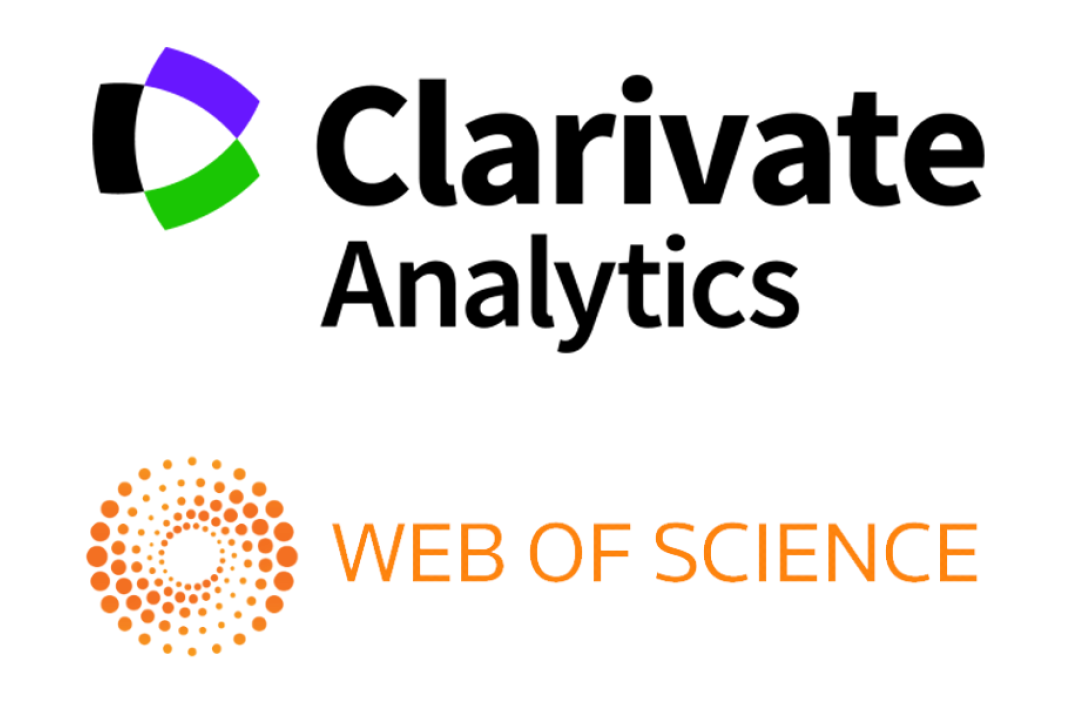"Brainy Is the New Sexy": Sherlock Holmes, Abduction, and Neural Networks
DOI:
https://doi.org/10.21146/2072-0726-2019-12-1-74-89Keywords:
Sherlock Holmes, Viktor Shklovsky, Carlo Ginzburg, Charles Sanders Peirce, abduction, neural network, brain, fascination, TV show, technology, weak signs, cluesAbstract
Drawing on the popular British TV show “Sherlock,” the author attempts to explore the nature of those special signs that are abundant in contemporary cinema. Historically such signs correspond to what the Italian historian Carlo Ginzburg defines as the appearance of the conjectural (or clue-based) paradigm in the contemporary social sciences. The main feature of this paradigm is a movement from effects to causes, while the causes themselves remain basically unaccounted for. But this is nothing other than the work of a detective, and the method used by Holmes is not deduction, but abduction, i. e., hypotheses springing from a careful examination of the facts. This type of logical inference is advocated by Charles Sanders Peirce; abduction for him is a way of explaining how it is possible for the new in science to appear at all. Abduction allows one to see hitherto hidden connections between various phenomena; it reveals – makes visible – a set of existing relationships. Speaking of the TV show “Sherlock,” one might suggest that Sherlock operates as a hyperfast self-learning neural network, whereas Watson, whose function is to delay and slow down the action, adapts those speeds to the regime of human perception. Contemporary cinema demonstrates “weak signs,” to follow Peirce, which are traces of so many interactions that are taking place all at the same time. It thus becomes both their vehicle and an all-encompassing dynamic milieu that completely absorbs the spectator.






